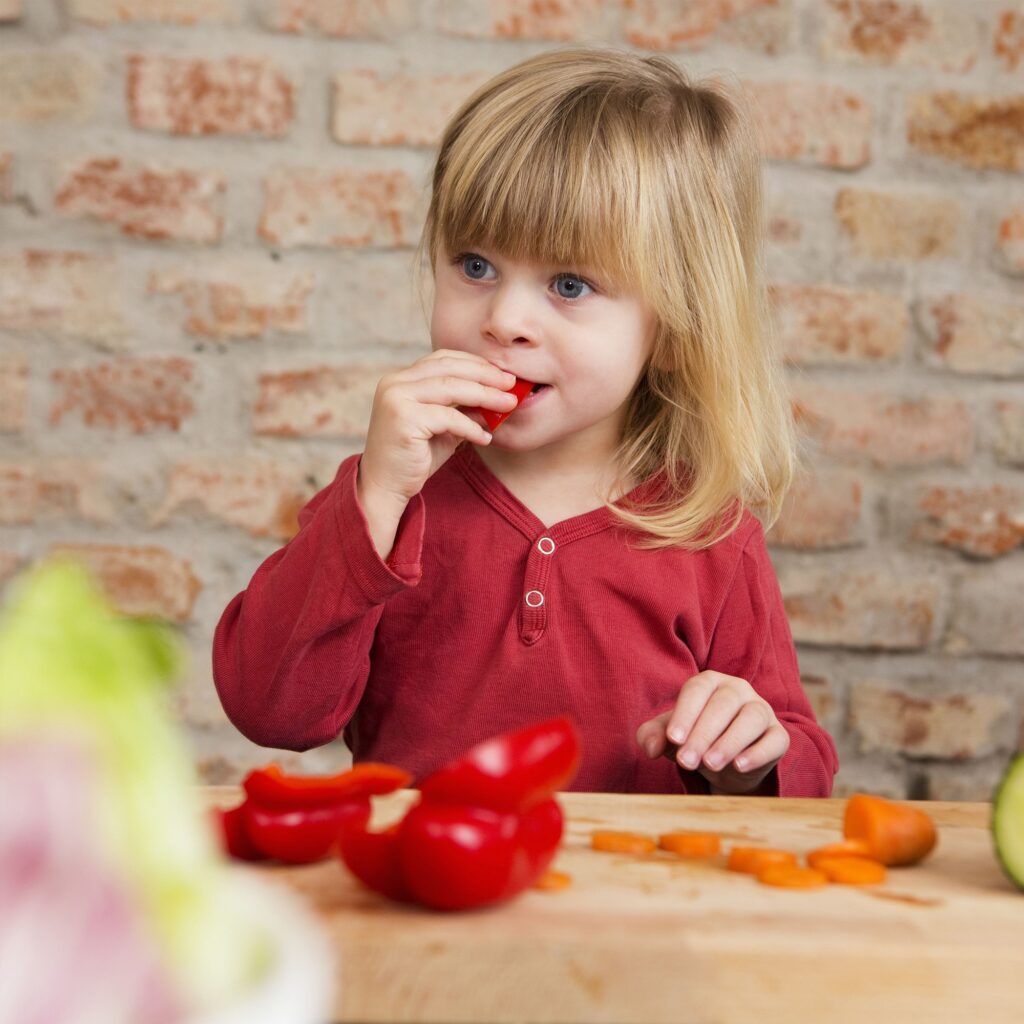
Investing in childhood period is very important to have a healthy and empowered society. To achieve this, one of the most important tasks is to consider the nutritional pattern of childhood period. Therefore, an adequate and complete knowledge of the nutritional needs of this period is of particular importance. The nutritional needs of children after 3 years due to their rapid growth are different from other ages. For example, children need energy per kilogram of body weight twice as much as an adult. The capacity of the baby's stomach is also limited and children's eating habits are different. Therefore, the baby in this particular time should be fed with a proper diet. Here are some of the important ingredients needed by children during this period.
Protein
Protein is a very important source of energy needed for the baby. Protein also plays an important role in the growth and repair of body cells and metabolism. The amount of protein needed in children after age 3 is about 19 grams per day. Milk, eggs and some meat can be used to provide this amount of protein. Some kids don't like sliced meat, but they like minced meat with rice or pasta.
Calcium
Calcium is essential for the growth and strength of baby bones and teeth. The daily requirement of calcium after 5 years is 10 mg. Dairy products (such as milk, yogurt and cheese) are good sources of calcium for the baby.
Iron
Iron is essential for baby development and hematopoiesis. If children of this age eat meat, liver, eggs, and legumes (especially lentils), their body needs for iron is met. After age 5, about 10 mg of iron is needed for the body per day.
Zinc
This important mineral has a great impact on the growth and health of children. For example, it increases height, strengthens the immune system, and prevents hair loss in children. Seafood such as fish and red meat are good sources of zinc. The daily amount of zinc needed after age 5 is 5 mg.
Vitamin D
This vitamin is needed for calcium and phosphorus absorption and deposition these elements in bones and teeth. If the child is not exposed to direct sunlight or is in areas where the sunlight is low, there vitamin D will not be synthesized enough in their body and they should be given oral medication. The daily amount of vitamin D needed for children over 3 years old is about 600 IU (equivalent to 15 micrograms).
References
Soldavini, Jessica. "Krause's Food & The Nutrition Care Process." Journal of Nutrition Education and Behavior 51.10 (2019): 1225.